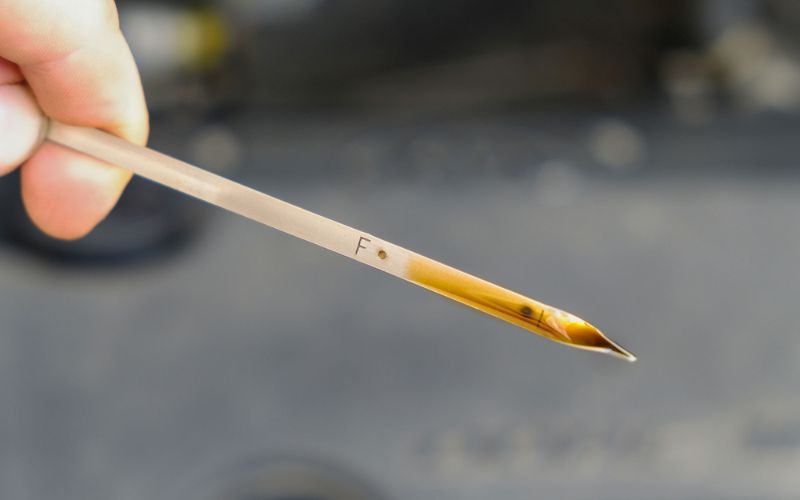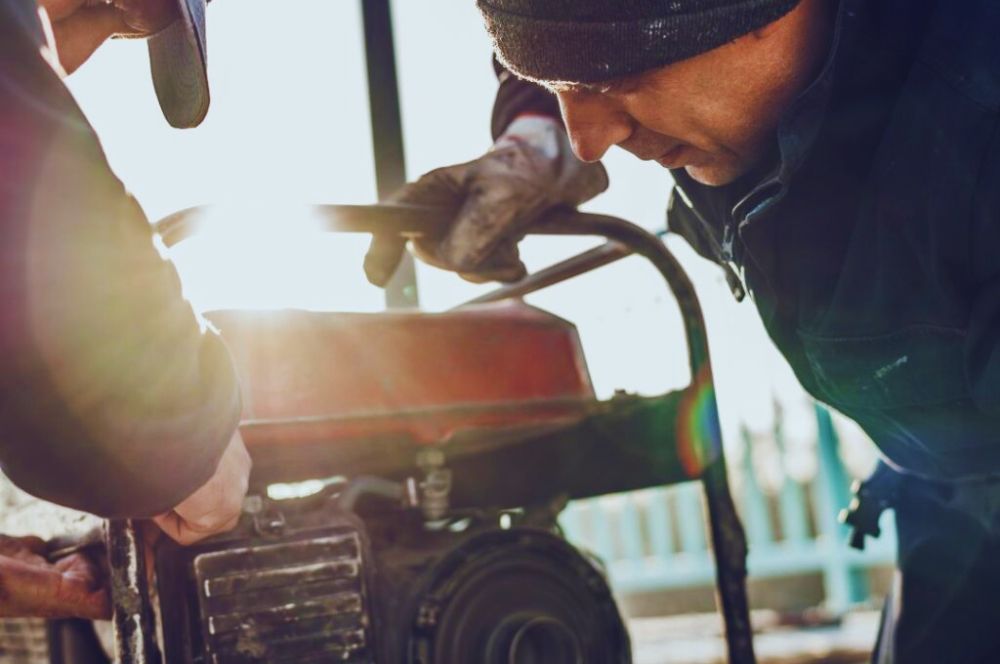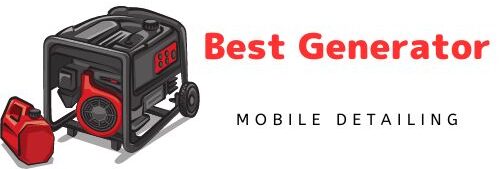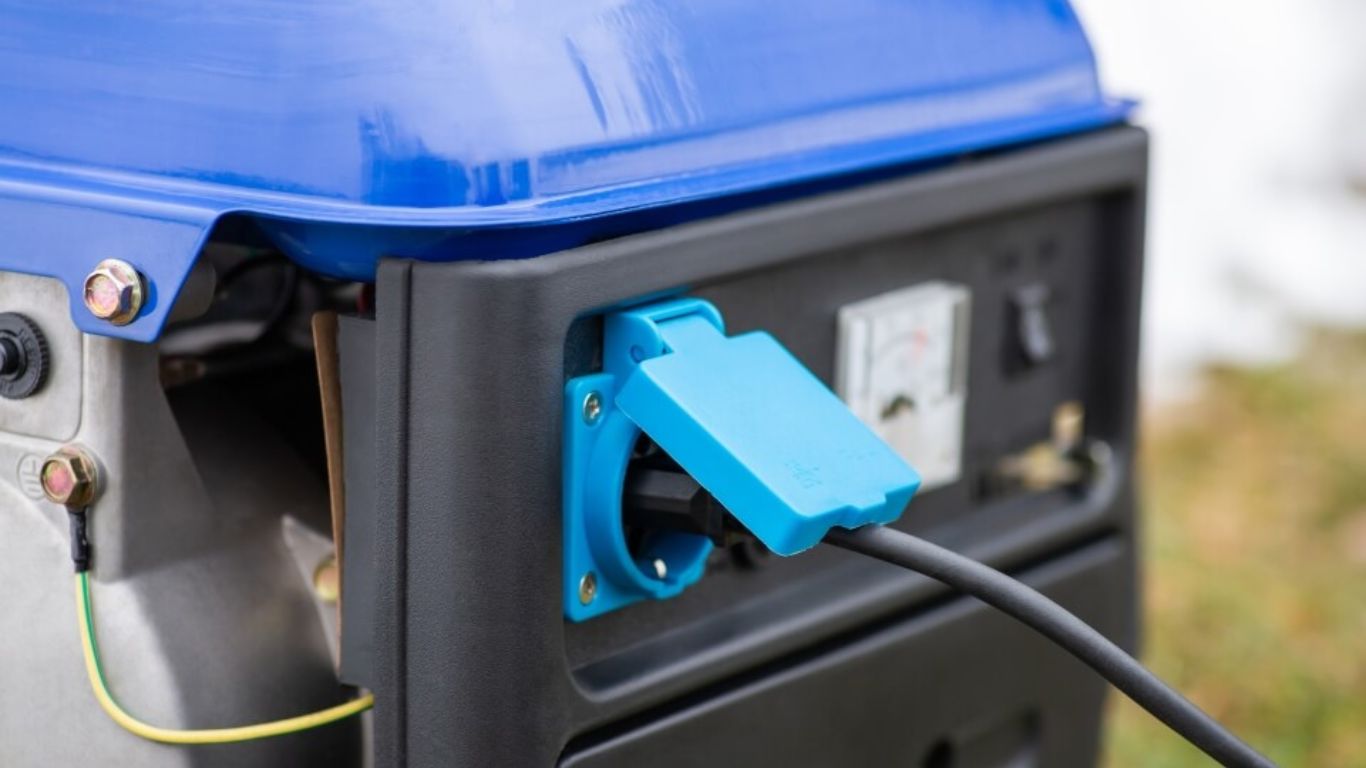Determining what is considered low oil pressure is pivotal in maintaining your vehicle’s engine health and ensuring it runs smoothly. At Best Generator For Mobile Detailing, we understand that knowledge is just as important as the quality of the generators we provide. Low oil pressure is a critical warning sign that your engine might be facing imminent harm, which can lead to severe malfunctions or engine failure. This guide dives deep into the essentials of oil pressure, illustrating-considered-low- its significance and the potential risks associated with its decrease. Armed with this information, you can take proactive steps to protect your engine, avoiding the steep costs of repair or replacement due to negligence.
What Is Oil Pressure?
Oil pressure serves as the lifeline for your engine, circulating lubricant to prevent friction and overheating in moving parts. A vehicle without adequate oil pressure is like an athlete running a marathon without water—bound to encounter severe problems.
Oil pressure, measured in pounds per square inch (PSI), ensures that every component from the camshaft to the crank bearings operates under optimal conditions. Recognizing the critical levels of what is considered low oil pressure can avert engine damage, thus avoiding the inconvenience and high costs associated with engine repairs.

What is considered low oil pressure symptoms
Recognizing the symptoms of low oil pressure early can save your engine from significant damage. Here’s a detailed look at the signs that should prompt an immediate check:
- Oil Pressure Warning Light: This is often the first indication of a problem. The light illuminates on your dashboard when the oil pressure drops below a safe threshold. It’s a direct signal that your engine might be at risk and requires quick action.
- Engine Noise: Low oil pressure can lead to insufficient lubrication of your engine’s internals, which might cause unusual noises. Listen for a ticking or knocking sound from the engine area; these sounds can indicate that moving parts within the engine are not getting enough oil.
- Engine Performance Decline: If you notice a decrease in your vehicle’s performance, such as the engine stalling or running roughly, it could be a sign of low oil pressure. This decrease can occur because critical areas of the engine are not being adequately lubricated, leading to increased friction and heat.
- Engine Overheating: When there isn’t enough oil pressure to distribute oil properly, your engine can overheat. This condition is often accompanied by other symptoms like smoke from the engine area or a significant temperature gauge spike.
- Visible Exhaust Smoke: A less common but serious symptom is blue or gray smoke from your exhaust, which can indicate oil burning within the engine compartment due to inadequate lubrication.

Causes of low oil pressure in the generator
Identifying what leads to what is considered low oil pressure is vital for addressing and rectifying the issue effectively. Several factors can precipitate this condition:
- Insufficient Oil Level: One of the most straightforward causes of low oil pressure is not having enough oil in the system. This can result from leaks, infrequent oil changes, or neglecting to check oil levels regularly.
- Worn Engine Components: Over time, critical engine parts like bearings or the oil pump itself can wear down. This wear can result in decreased oil pressure as the pump fails to circulate oil effectively, or if the oil escapes from worn bearings more quickly than it should.
- Oil Viscosity Issues: Using oil with the wrong viscosity, which is too thick or too thin for the engine’s specifications, can significantly affect oil pressure. The wrong oil type may fail to create an adequate oil film to maintain pressure, especially under different temperature conditions.
- Clogged Oil Filter: A blocked filter can restrict oil flow, leading to decreased pressure. Regular maintenance and timely replacement of the oil filter are crucial to prevent this issue.
- Engine Temperature: High engine temperatures can thin out oil, reducing its effectiveness at maintaining pressure. Conversely, extremely cold temperatures can thicken oil, also adversely affecting pressure levels.
- Oil Quality and Age: Degrading oil quality over time due to contaminants or breakdown can decrease its ability to maintain pressure. Regular oil changes are vital to ensure your engine is running with clean and effective oil.
-

Low oil pressure stems from low oil, worn parts, viscosity issues, or clogged filters.
How to Check Your Oil Pressure? Step-by-Step Guide for Accurate Measurement
Ensuring that you accurately measure your vehicle’s oil pressure is a critical step in maintaining engine health and preventing low oil pressure. Here’s how to properly check oil pressure when your generator says low oil pressure, ensuring that you catch any potential issues before they escalate:
- Using an Oil Pressure Gauge: The most reliable way to check oil pressure is by using a mechanical gauge. This tool will give you a precise reading of the oil pressure in PSI (pounds per square inch). Attach the gauge to the port where the oil pressure sensor is located, usually near the oil filter.
- Warm Up Your Engine: It’s important to measure oil pressure when the engine is warm to get accurate readings. Run the engine until it reaches its normal operating temperature.
- Check for Readings: With the engine idling, observe the gauge. Normal oil pressure should typically be between 20 to 30 PSI at idle and up to 50 to 70 PSI at higher engine speeds. Readings significantly lower than these ranges can indicate a problem requiring further investigation.
- Consult Your Vehicle’s Manual: Always refer to your vehicle’s manual for specific guidelines and the recommended oil pressure range for your engine model.
How to Help Oil Pressure Problems
Addressing what is considered low oil pressure effectively requires understanding both the symptoms and the underlying issues. Here are strategic approaches to resolve common problems related to oil pressure:
- Replacing the Oil Pump: If diagnostics indicate a failing oil pump, replacing it is critical. A new pump can restore the necessary pressure to properly lubricate your engine.
- Cleaning or Replacing the Oil Filter: A clogged oil filter can dramatically decrease oil flow and pressure. Regular replacement or cleaning of the oil filter ensures unimpeded oil circulation within the engine.
- Using Oil Additives: In some cases, especially with older engines, using specific oil additives can help maintain oil pressure. These additives can enhance the oil’s viscosity and lubrication properties, helping to stabilize oil pressure levels.
- Professional Mechanical Checkup: Sometimes, the issues are too complex for simple fixes. Regular checkups by a professional can diagnose less obvious problems like internal leaks or component wear, which can then be addressed to restore and maintain healthy oil pressure.
FAQs
Is It Safe to Drive with Low Oil Pressure?
Driving with low oil pressure is risky and can lead to significant engine damage. If the oil pressure warning light comes on, it’s advisable to stop driving and check the issue immediately to avoid further complications.
What Should Normal Oil Pressure Be?
Normal oil pressure varies by engine type and condition but generally should be between 25-65 PSI when the engine is running. Always consult your vehicle’s manual for specific recommendations.
How Often Should I Check My Oil Pressure?
Regular monitoring of oil pressure is crucial, especially for older vehicles or those operating in harsh conditions. Monthly checks are recommended, and anytime you notice symptoms of low pressure.
Can Frequent Oil Changes Improve Oil Pressure?
Yes, regular oil changes help maintain oil quality, which is essential for proper pressure. Old or dirty oil can cause sludge build-up, leading to low pressure and engine wear.
Discover Best Generator For Mobile Detailing
Welcome to Best Generator For Mobile Detailing, your go-to source for top-tier generators tailored for mobile detailing professionals. Our website offers expert insights, comprehensive guides, and a curated selection of the best generators tested for the rigorous demands of mobile operations. Engage with a community of like-minded professionals, benefit from our detailed product reviews, and enjoy a customer-centric shopping experience designed to empower your mobile detailing business. Whether you’re starting out or scaling up, Best Generator For Mobile Detailing is dedicated to powering your success with the right solutions. Visit us today to elevate your mobile operations with unmatched efficiency and reliability.
Conclusion
Selecting the right robot lawn mower involves understanding your specific needs and the unique challenges of your terrain. At Best Generator For Mobile Detailing, we emphasize the importance of considering factors such as slope compatibility, battery life, and programmable features when learning how to choose a robot lawn mower. Our insights aim to guide you through selecting a mower that not only meets your demands but also enhances the efficiency and enjoyment of maintaining your lawn. By choosing wisely, you ensure a well-manicured lawn with minimal effort, freeing up more time to focus on what you love. Join us to explore options that bring precision and reliability to your landscaping efforts.
Marion Woods is an accomplished generator technology expert with over 15 years of experience, currently serving as the Chief Technology Officer at GenTech Power Solutions. She holds a Master’s degree from MIT and specializes in enhancing generator efficiency and integrating renewable energy sources. Marion is a respected author and speaker in the engineering community, dedicated to pioneering sustainable power solutions.

